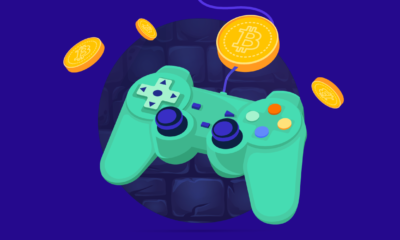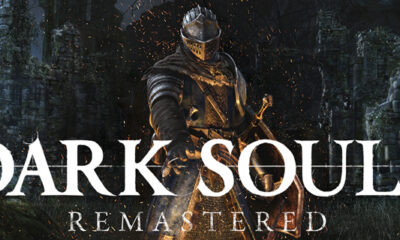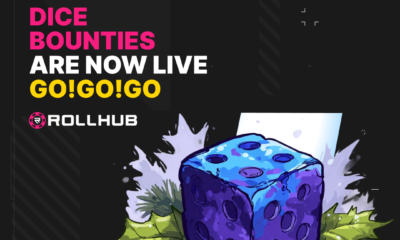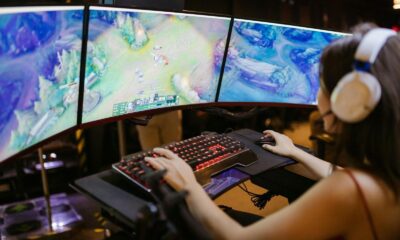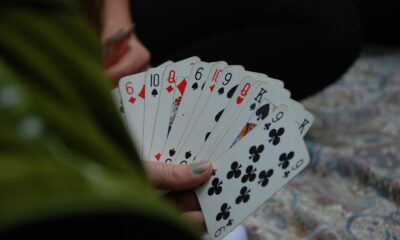Gaming
Top 5 Video Games Made in Australia
Here, we celebrate the top five video games made in Australia, proof of the country’s vibrant and thriving gaming industry.
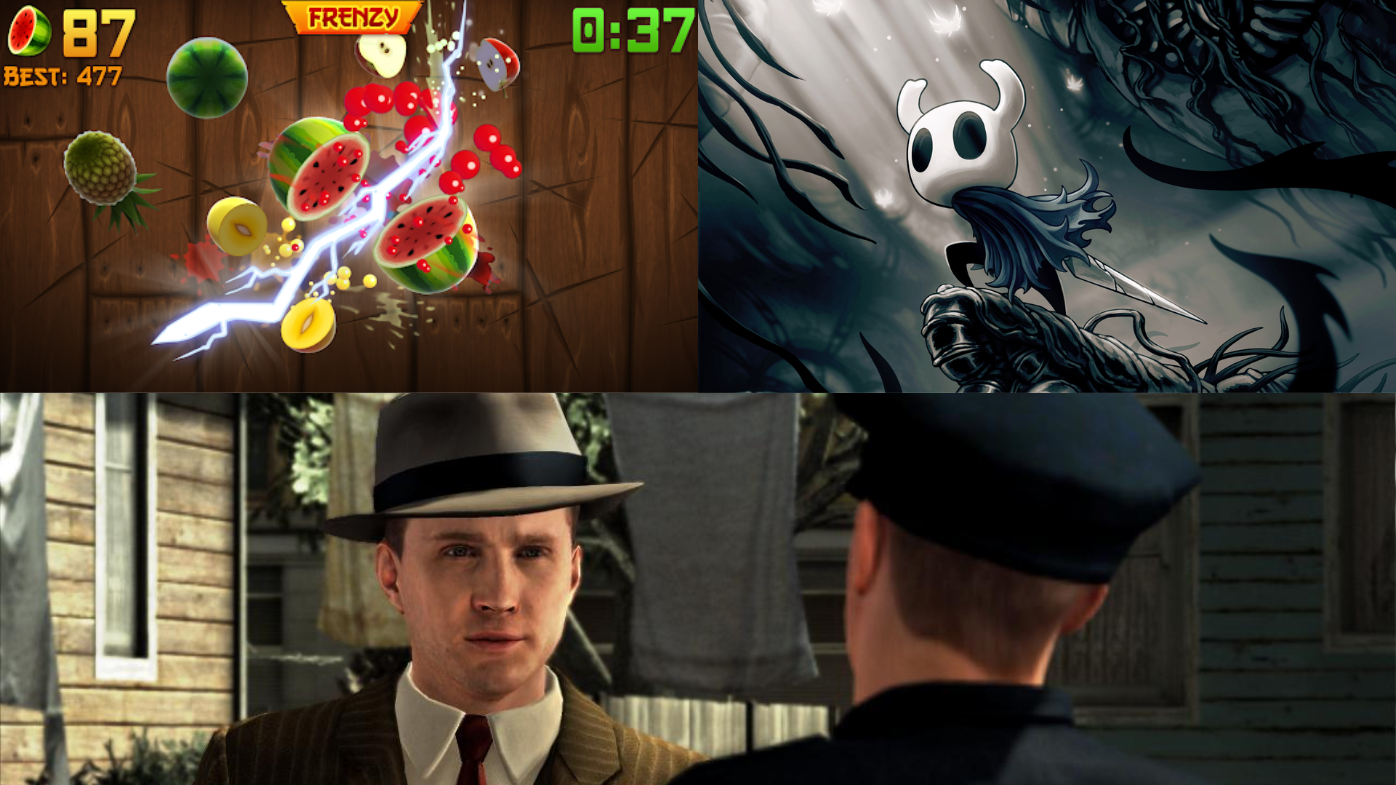
Australia is not just home to unique wildlife and the iconic Sydney Opera House. It’s also a hotspot for video game development, with some of the industry’s top titles hailing from this sun-soaked land. Australian developers have showcased their creativity and innovation, from engaging indie games to blockbuster hits.
Here, we celebrate the top five video games made in Australia, proof of the country’s vibrant and thriving gaming industry.
1. 50 Lions
50 Lions is a well-known title by Aristocrat, a renowned Australian gaming company. As a slot game, 50 Lions may seem quite different from typical video games, but its impact and popularity are undeniable.
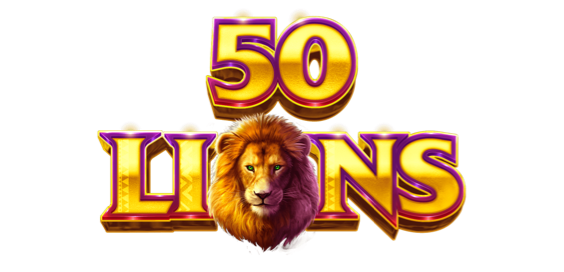
Transported to the African savanna, players are immersed in a world of untamed wildlife with 50 Lions. Filled with captivating graphics and an unforgettable soundtrack, symbols such as lions, zebras and giraffes complete the safari experience.
And it only gets better – this exciting five-reel slot game features fifty paylines that provide plenty of chances for players to win big.
50 Lions has been a hit, and the game is now available in almost every online casino in Australia. Its fun theme and generous bonus features make it a favourite among slot players. It shows the Aristocrat’s creativity and expertise in creating engaging gaming experiences.
2. BioShock
BioShock is a jewel in the crown of Australian game development. Developed by the Canberra-based studio 2K Australia in collaboration with 2K Boston, this title left a lasting imprint on the industry.
BioShock plunges players into the depths of Rapture, an underwater city brimming with dystopian horrors and philosophical dilemmas. It masterfully blends first-person shooter mechanics with role-playing game elements.
Not only does it have thrilling combat, but also the game offers deep exploration and puzzle-solving.
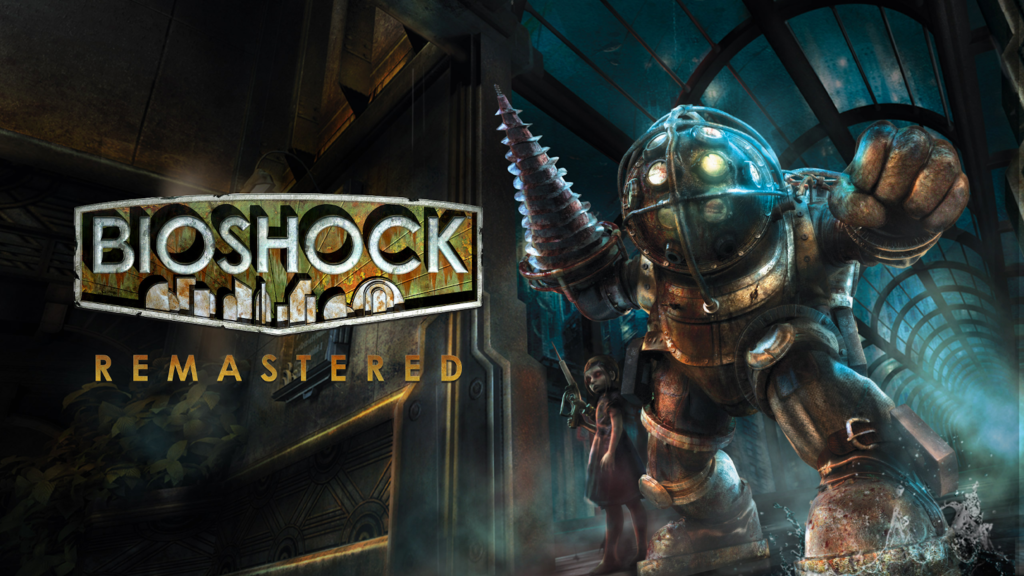
A standout feature is the plasmids system, which gives players various superhuman abilities. Equally compelling is BioShock’s narrative. It combines chilling horror with thought-provoking societal, power, and morality themes.
With its atmospheric setting, compelling characters, and thought-provoking storylines, BioShock has become a beloved franchise in the gaming community.
BioShock garnered critical acclaim upon its release in 2007, receiving numerous awards including Game of the Year. Its success led to two sequels, BioShock 2 and BioShock Infinite. Thanks to its rich story, atmospheric setting, and innovative gameplay, it is considered a classic in video titles.
3. LA Noire
Set in 1940s Los Angeles, LA Noire was developed by the Sydney-based Team Bondi and puts players into the shoes of Detective Cole Phelps. Players will take on a series of crime cases, from arson to murder, as they attempt to find truth within each situation.
The game is unique for its groundbreaking interrogation system. Players need to read characters’ facial expressions to determine if they’re lying or telling the truth, which was achieved using advanced motion capture technology. LA Noire skillfully blends action-adventure gameplay with detective work, offering a rich, atmospheric experience.

Players are hooked on the compelling narrative of LA Noire. This game is filled with unexpected surprises and plots which keep them guessing throughout the entire experience. Its vivid recreation of post-war Los Angeles reveals an astonishing level of detail from Team Bondi, highlighting that Australian game development can create true masterpieces.
4. Borderlands: The Pre-Sequel
Borderlands: The Pre-Sequel is another fantastic game born in Australia. It was developed by 2K Australia, working closely with Gearbox Software. Set between the first and second Borderlands games, The Pre-Sequel brings players to Pandora’s Moon.
The low-gravity environment adds a fresh twist to the series’ beloved shoot-and-loot gameplay. Players can float through the air, dishing out destruction while enjoying the moon’s breathtaking vistas.

The title introduces new playable characters, each with their unique abilities and skill trees. It also expands on the story of Handsome Jack, providing insight into his rise to power before becoming a villain in Borderlands 2.
5. Crossy Road
Honoring the classic Frogger gameplay, Hipster Whale crafted Crossy Road – a deviously simple yet captivating game. This endless runner challenges players to assist their chosen character as they maneuver through an ever-changing scenario of roads and rails without hitting a moving vehicle or getting stuck in any other obstacle.
As you go further into the journey, be prepared for more speed and complexity!
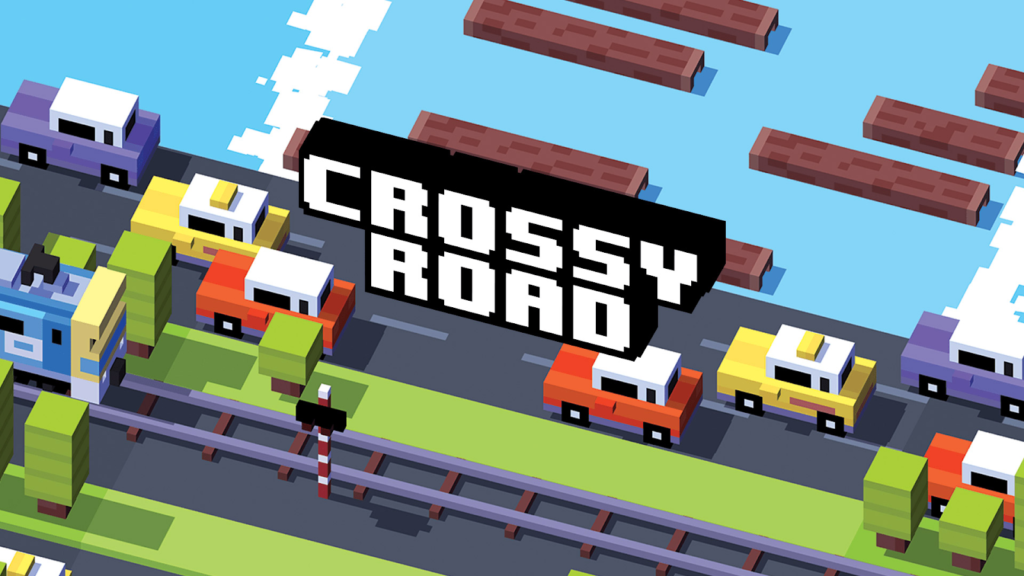
The game stands out for its blocky, colorful graphics and easy-to-learn, hard-to-master gameplay. It also features a host of unlockable characters, adding to the replay value.
Crossy Road went down a storm from the moment of its launch, grabbing attention for its fun-filled mechanics and eye-catching art. The runaway success of the game has seen it become an oft-cited work in mobile gaming, proving that even simplistic designs can be met with huge acclaim when accompanied by imagination and sophistication.
Conclusion
Australia has significantly contributed to the global gaming industry. From the dystopian depths of BioShock to the colorful chaos of Borderlands: The Pre-Sequel, Australian developers have proven their ability to deliver varied, high-quality experiences.
These top five games made in Australia show the country’s talent, creativity, and growing influence in video games.
Gaming
From Random Clicks To Smart Plays: Learning Poker Via Unblocked Games
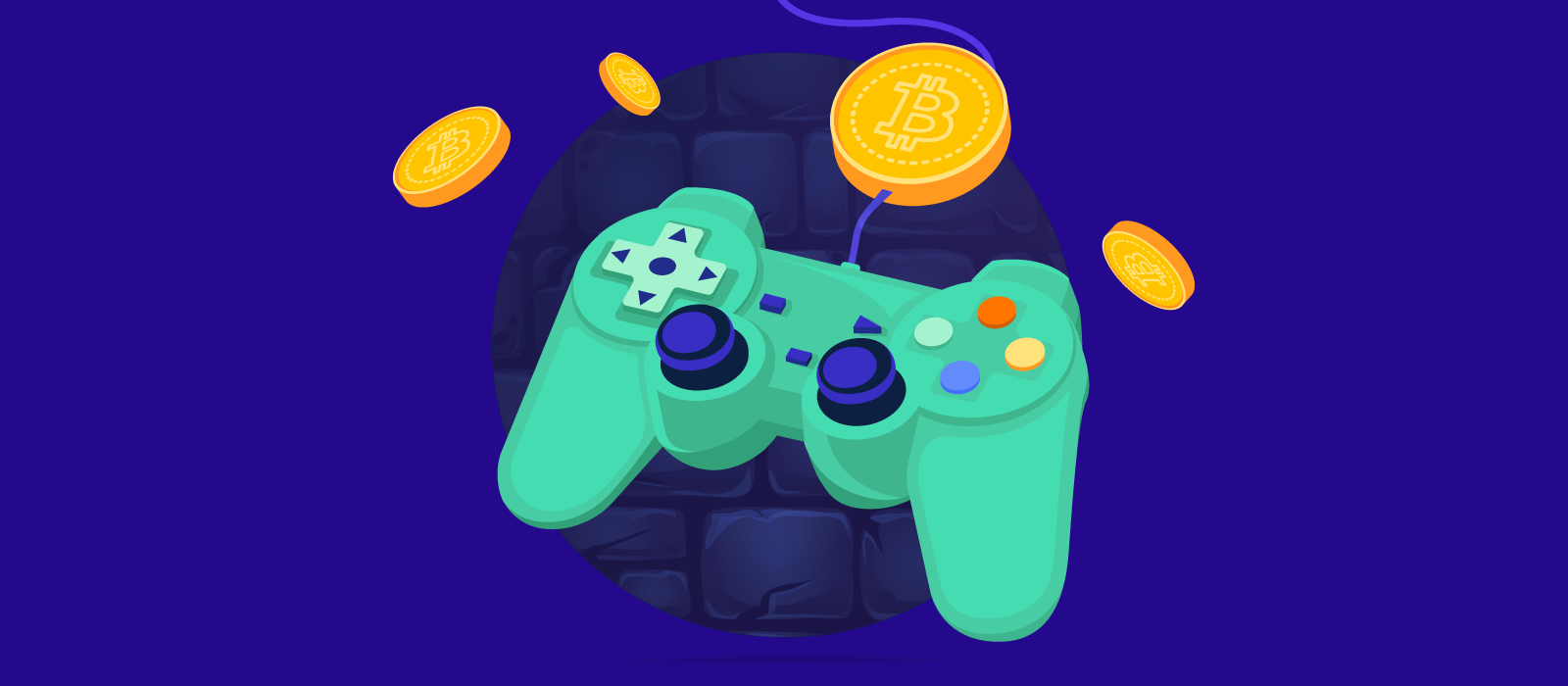
Many players first learn poker through free formats that provide chips or basic promotions rather than requiring an upfront commitment. These offers work in a similar way to traditional no-deposit poker bonuses, where players could explore poker rules and gameplay using free chips or limited entries. While those bonuses are less common today, the idea behind them still exists, especially for players who want to understand the game before deciding whether to find ways to play poker for real money.
Unblocked poker games that include free chips and simple promotions now serve a similar purpose. They allow repeated play, clear feedback, and hands-on learning without registration or payment. Instead of focusing on outcomes, these games make it easier to understand how poker hands work, how rounds progress, and how decisions influence results.
Starting Without A Clear Strategy
In the beginning, decisions are often made without reasoning. Hands are played regardless of card strength, and actions are chosen based on curiosity rather than understanding. A call or raise may feel interchangeable, and folding often seems unnecessary.
At this stage, outcomes feel unpredictable. Some hands win, others fail, and it is not always clear why. Despite this, familiarity begins to form. The structure of the game becomes recognizable, and the order of actions starts to feel natural.
Even without intention, players begin absorbing the rhythm of poker. This foundation is important, as it prepares the mind to recognize patterns later on.
Learning Hand Value Through Repetition
After enough hands, certain card combinations begin to stand out. Some consistently reach the end of a round, while others rarely do. This understanding does not come from memorizing rankings but from seeing the same situations repeat.
Unblocked poker games provide clear and immediate outcomes. A hand either holds up or it does not. Over time, players start remembering which combinations tend to perform better, even if they cannot explain why in technical terms.
This shift marks an important step forward. Decisions slowly move away from guesswork and toward recognition. Hands begin to feel familiar instead of random.
Paying Attention To The Shared Cards
As confidence grows, focus expands beyond the starting hand. Players begin watching the shared cards more closely. Each new card changes the situation, sometimes strengthening a hand and other times weakening it.
Because unblocked poker games move at a steady pace, there is time to observe these changes. Players begin anticipating how a new card might affect their position before acting. This awareness improves decision quality without requiring complex knowledge.
The game becomes less about reacting and more about following a sequence. This change happens gradually and often without conscious effort.
Understanding The Meaning Of Each Action
Early on, actions like check, call, and raise are used interchangeably. Over time, their purpose becomes clearer. A check slows progress, a call continues play, and a raise alters the direction of the round.
Many unblocked poker games limit action complexity. This simplifies learning and keeps attention on timing rather than numbers. Players begin choosing actions with intention instead of habit.
Even folding takes on new meaning. Instead of feeling like giving up, it becomes a way to avoid poor situations and wait for better ones.
Observing Computer Opponent Behavior
Most unblocked poker games rely on computer-controlled opponents. While these opponents follow set patterns, those patterns become noticeable over time. Some opponents play frequently, while others act cautiously.
As these tendencies become familiar, players start adjusting naturally. Decisions are influenced not only by cards but also by expected responses. This introduces a basic form of adaptation that strengthens overall awareness.
Moving Toward Intentional Play
Eventually, behavior changes. Players stop entering every hand and begin waiting for clearer situations. Actions are chosen with simple reasoning, even if that reasoning is intuitive rather than formal.
Losses feel more understandable because they follow recognizable patterns. Wins feel connected to decisions rather than coincidence. The game starts to feel structured and consistent.
Gaming
Smart Casino Playing Habits That Experienced Players Follow on phlove
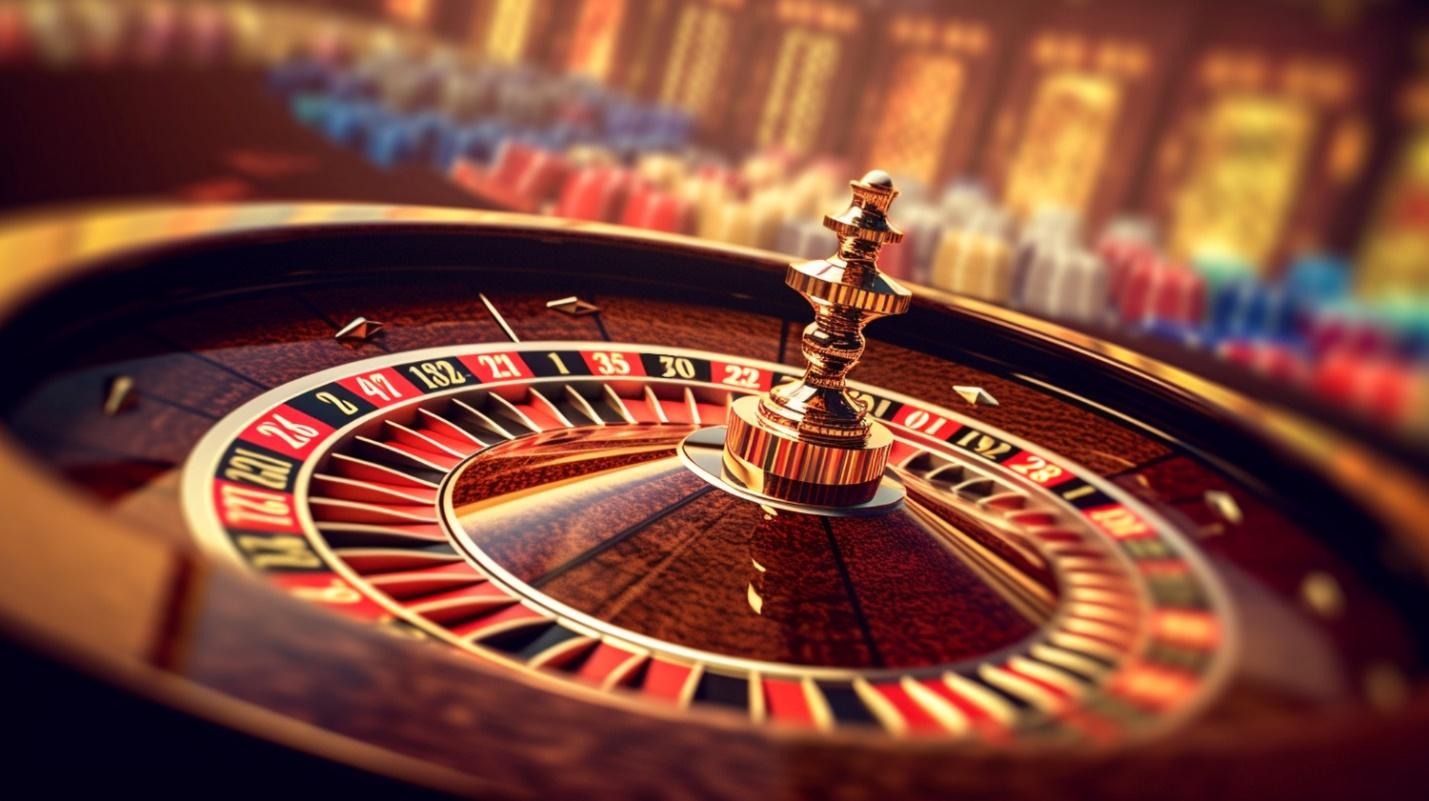
Playing online casino games can be very exciting, but if one goes into the game without learning from experienced players, things can go awry very quickly. New players may become frustrated, end up spending more money than they had intended, or become bored due to lack of informed practices.
Such platforms as phlove exist to ensure that the experience of playing casino games on the Internet is simple and enjoyable, but the line between stressful and stress-free experiences lies in the habits. Most experienced players observe certain habits and guidelines to ensure they play the games in a responsible and enjoyable way. Here’s an explanation in detail of the habits.
1. They Set a Clear Budget and Stick to It
Also, one of the things you will realize about professional players is that these players always have a set budget when entering a game session. Professional players never wing it when they are engaged in a game session; in other words, they are not driven by a compulsive desire to recoup their losses.
For instance, an experienced player may choose on phlove that he or she “will only play for 30 minutes tonight with just $20.” This way, the player will avoid any kind of stress, as long as he or she enjoys his or her gaming experience. This is often where beginners go wrong, choosing to bet more in order to somehow regain their lost dollars. This is often the fastest way to become frustrated.
2. They begin small when trying new games
Skilled gamblers know that no two games will be exactly alike. Though a gambler may have played several slot machines or table games, each one will have its own characteristics.
On phlove, a smart player begins with a small investment. They start by placing low stakes before increasing. It helps a smart player learn how the system operates. Additionally, by starting with low investment stakes, a smart player avoids the stress that new players commonly encounter.
3. They focus on games that match their skill levels
While the most visually appealing games are generally going to attract our interest, seasoned players select games that are more aligned with their current ability to win than with what looks most attractive to play.
For example, if you are familiar with slot machines, you could attempt table games with a higher level of difficulty, such as blackjack on phlove. You would certainly not try to play at higher-level games such as poker if you are not familiar with how they are played. Playing at a level that is suitable for your skills ensures the fun in gaming.
4. They keep score of who wins and who doesn’t
Not only do experienced players trust their instincts, but they also keep score. They keep track of wins, losses, and time spent playing to identify trends associated with playing.
This is a simple yet highly effective habit. On phlove, it doesn’t involve anything that complex, such as using spreadsheets, but simply an awareness of your playtime and what your results are. With consistent play, it’s possible to develop an awareness of which games you enjoy and which may not be your cup.
5. They Avoid Chasing Losses
One of the biggest noob errors is to chase a loss. Players usually have a very big desire to “win back” after a losing series.
Experienced game participants act just the opposite. They walk away, have some offline activities, and then clear their minds. The art of taking adequate breaks on phlove is very significant. This practice makes playing a source of enjoyment and keeps people from making game-related decisions based on their frustrations.
6. They Read Game Rules and Payouts
When it comes to games that the players have played before, experienced players make sure to check the rules and payouts for the new game.
In regard to phlove, it is a way to ensure that there will be no surprises in the game. This is integral in allowing the player to have some confidence in the various mechanics in the game. It also assists the player in knowing the effect that various components may have on the game, hence allowing them to make an informed decision.
7. They Use Bonuses Strategically
Bonuses may appear attractive, yet they are often fraught with terms and conditions that are rarely comprehended correctly. Seasoned players at phlove read all about the terms before accepting a bonus offer.
These characters utilize the bonus effect as a supplement to their strategy and are able to avoid being restricted by bonus conditions. They are able to keep entertainment as the focus rather than rewards.
8. They Take Breaks and Manage Time
Long gaming sessions without any pauses will lead to exhaustion and errors. Seasoned gamers game in a way that involves pauses, walk away, and refrain from gaming when distracted or tired.
This is especially true on phlove. This method is quite helpful because it allows players to take a break, reassess their playing session, and approach the games without any irritation.
9. They Remain Calm and Patient
Controlling emotions is critical when engaging in online casino betting. Experienced players would appreciate that losing temper and acting impulsively always results in poor outcomes.
They approach the session with patience. They observe patterns and make informed decisions. For the phlove game, patience will make sure that the session will not be stressful, no matter the luck involved.
10. They Know When to Stop
The most critical quality, however, is the art of knowing just when to quit. Seasoned players know how to set boundaries when playing on the site and maintain them. They log off while they are having fun, without trying to chase back their losses.
PHLove ensures ease of closure of a gaming session at any time, and those who adopt this practice walk away with satisfaction, pockets full and stress levels low.
11. They Reflect on their Gameplay
Skilled players will also reflect for several minutes on the last session on what has gone well and not gone well. Some questions may include:
- Was I able to stay on budget?
- Were the games a good choice for my skill level?
- Did I remain calm and get to enjoy this session?
This reflection exercise can benefit future meetings. A reflection on the game experiences on the platform ‘phlove’ will not only bring back good practices but also help avoid the repetition of mistakes.
Conclusion
Smart gaming in casinos has nothing to do with luck or becoming an instant winner, and everything to do with good habits. Experienced gamblers in phlove practice money management, starting off in the right way, playing the correct games, taking a break, and being patient.
These practices make online casino gaming stress-free and confusing to fun, controlled, and sustainable. Whether you are a person determined to get more out of phlove and make online casino gaming a happier experience for you, practicing this advice could make a huge difference in how game sessions can benefit you.
Always remember this: The best ballplayers aren’t always those who go after all victories—they are those who play intelligently, remain cool, and have fun playing.
Gaming
Dark Souls Remastered: Celebrating the Legacy Through Style and Fandom
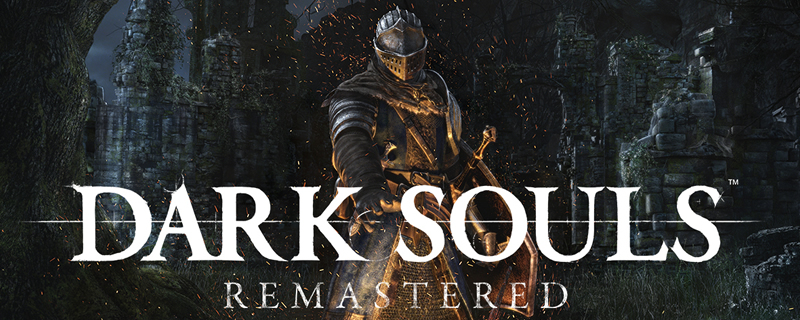
Dark Souls Remastered continues to command a powerful presence in gaming culture, not only as a landmark action role-playing game but also as a symbol of perseverance, artistry, and identity for its community. From the crumbling walls of Lordran to the quiet moments spent at a bonfire, Dark Souls Remastered has shaped how players connect with virtual worlds. That connection no longer stops at the screen. For many fans, it extends into real life through collectibles, apparel, and themed merchandise that reflect their admiration for the series, and this is where curated merch platforms like Cubold play an important role.
Why Dark Souls Remastered Still Resonates With Players
Few games have achieved the cultural permanence of Dark Souls Remastered. Its design philosophy values mastery over convenience, asking players to engage deeply with mechanics, environments, and lore. Dark Souls Remastered does not rush its audience. It challenges them to slow down, observe, and adapt. This intentional pacing creates an emotional bond that lingers long after the final boss is defeated.
Because Dark Souls Remastered encourages personal interpretation and self-discovery, every player’s journey feels unique. That sense of ownership is one reason fans remain invested years later. It also explains why many players look for ways to express their connection to Dark Souls Remastered beyond gameplay, often through wearable or collectible items that symbolize their experience.
The Aesthetic Identity of Dark Souls Remastered
The visual language of Dark Souls Remastered is instantly recognizable. Gothic architecture, decayed armor, and haunting iconography combine to create a bleak yet beautiful atmosphere. Every symbol in Dark Souls Remastered, from bonfires to covenant emblems, carries meaning rooted in the game’s lore. These visuals have become iconic within gaming culture, making them especially well-suited for thoughtful merchandise design.
Merch inspired by Dark Souls Remastered is most compelling when it respects this aesthetic depth rather than treating it as surface-level branding. Platforms like Cubold focus on designs that align with the tone of Dark Souls Remastered, offering items that feel authentic to the world rather than generic. This approach resonates with fans who value subtlety and symbolism over loud branding.
Community Expression and Dark Souls Remastered Fandom
The Dark Souls Remastered community has always thrived on shared understanding. Players recognize each other through phrases, symbols, and references that outsiders might overlook. Wearing or displaying Dark Souls Remastered merchandise becomes a quiet signal of belonging, a way to connect with others who understand the struggle and triumph the game represents.
Cubold’s merch site caters to this type of fandom by offering Dark Souls inspired designs that speak directly to long-time players. Rather than focusing on mass-produced visuals, Cubold highlights concepts that feel personal to fans of Dark Souls Remastered. This creates a stronger emotional connection between the game, the merchandise, and the individual wearing it.
How Dark Souls Remastered Influences Lifestyle Merch
Dark Souls Remastered is not just a game people play; it is an experience that shapes taste, mindset, and even identity. Its themes of resilience, cycles, and quiet determination translate naturally into lifestyle merchandise. Apparel inspired by Dark Souls Remastered often reflects muted tones, minimalist designs, and symbolic imagery that fits seamlessly into everyday wear.
Cubold understands this crossover between gaming and lifestyle. By drawing inspiration from Dark Souls Remastered without overusing obvious visuals, the merch becomes versatile. Fans can represent their favorite game in a way that feels refined and intentional, appealing to those who appreciate both fashion and gaming culture.
Collectibility and Meaning in Dark Souls Remastered Merch
For many players, Dark Souls Remastered represents a personal milestone. Completing the game is often remembered as a defining gaming achievement. Merchandise connected to Dark Souls Remastered can serve as a tangible reminder of that accomplishment. When done thoughtfully, these items carry meaning rather than functioning as simple souvenirs.
Cubold’s approach emphasizes this sense of significance. Each Dark Souls Remastered–inspired piece feels designed for fans who understand the weight of the experience. This attention to meaning elevates the merchandise beyond novelty and transforms it into something lasting.
Why Fans Seek Curated Dark Souls Remastered Merch
The popularity of Dark Souls Remastered has led to an abundance of themed products across the internet, but not all of them reflect the spirit of the game. Discerning fans often seek curated platforms that prioritize quality and authenticity. Cubold positions itself as a destination for fans who want Dark Souls Remastered merch that aligns with the game’s tone and legacy.
This focus on curation matters. Dark Souls Remastered fans are known for their appreciation of nuance, and that same standard applies when choosing merchandise. Cubold’s selection speaks to players who value design integrity as much as gameplay mastery.
Dark Souls Remastered as a Cultural Icon
The influence of Dark Souls Remastered extends far beyond its original release. It has inspired countless games, discussions, and creative works. Its imagery has become shorthand for challenge and perseverance across gaming culture. As a result, Dark Souls Remastered–inspired merchandise holds a unique position, representing not just a game but a philosophy.
Cubold taps into this broader cultural relevance by offering merch that feels timeless rather than trend-driven. This makes Dark Souls Remastered designs appealing even years after a player’s first journey through Lordran.
Extending the Experience Beyond the Game
Dark Souls Remastered invites players to immerse themselves fully in its world, and many fans are reluctant to leave that world behind. Merchandise provides a way to carry a piece of that experience into daily life. Whether it’s apparel, accessories, or display items, Dark Souls Remastered merch allows fans to stay connected to the game’s themes and atmosphere.
Cubold serves this desire by bridging the gap between digital experience and physical expression. Its Dark Souls Remastered–inspired offerings allow fans to celebrate the game in a way that feels personal, meaningful, and enduring.
The Lasting Bond Between Dark Souls Remastered and Its Fans
The relationship between Dark Souls Remastered and its community is built on shared struggle, discovery, and respect for thoughtful design. That bond naturally extends into how fans choose to represent the game outside of play. When merchandise reflects the same care and intention as the game itself, it strengthens that connection and allows players to carry a piece of that experience into everyday life.
Cubold’s merch site complements the legacy of Dark Souls Remastered by offering Dark Souls–inspired merchandise that stays true to the game’s atmosphere, symbolism, and emotional weight. Rather than feeling mass-produced, Cubold provides fans with a refined way to honor a game that reshaped how they view challenge, persistence, and reward. In doing so, it helps ensure that the spirit of Dark Souls Remastered continues to live on, not just through gameplay, but through the daily lives of those who were shaped by it.
-

 Finance3 years ago
Finance3 years agoProfitable Intraday Trading Advice For Novices
-

 Gaming3 years ago
Gaming3 years agoSubway Surfers Unblocked | Subway Surfers Unblocked 66
-

 Internet3 years ago
Internet3 years agoWelcome to banghechoigame.vn – Your One-Stop Destination for Online Gaming Fun!
-
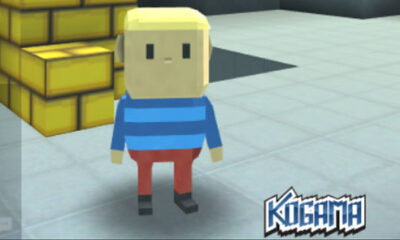
 Gaming3 years ago
Gaming3 years agoMinecraft Unblocked Games 66 | Unblocked Games Minecraft
-

 Gaming3 years ago
Gaming3 years agoGoogle Baseball Unblocked | Google Doodle Baseball Unblocked 66
-

 Gaming2 years ago
Gaming2 years agoPixel Speedrun Unblocked Games 66
-
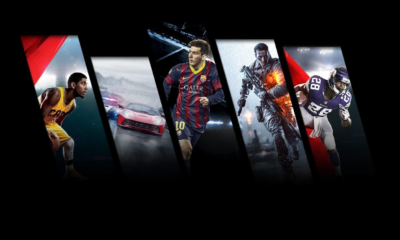
 Internet2 years ago
Internet2 years agoPremium Games Unblocked: Unleash Your Gaming Potential
-

 Gaming3 years ago
Gaming3 years agoTunnel Rush Unblocked | Tunnel Rush Unblocked 66




